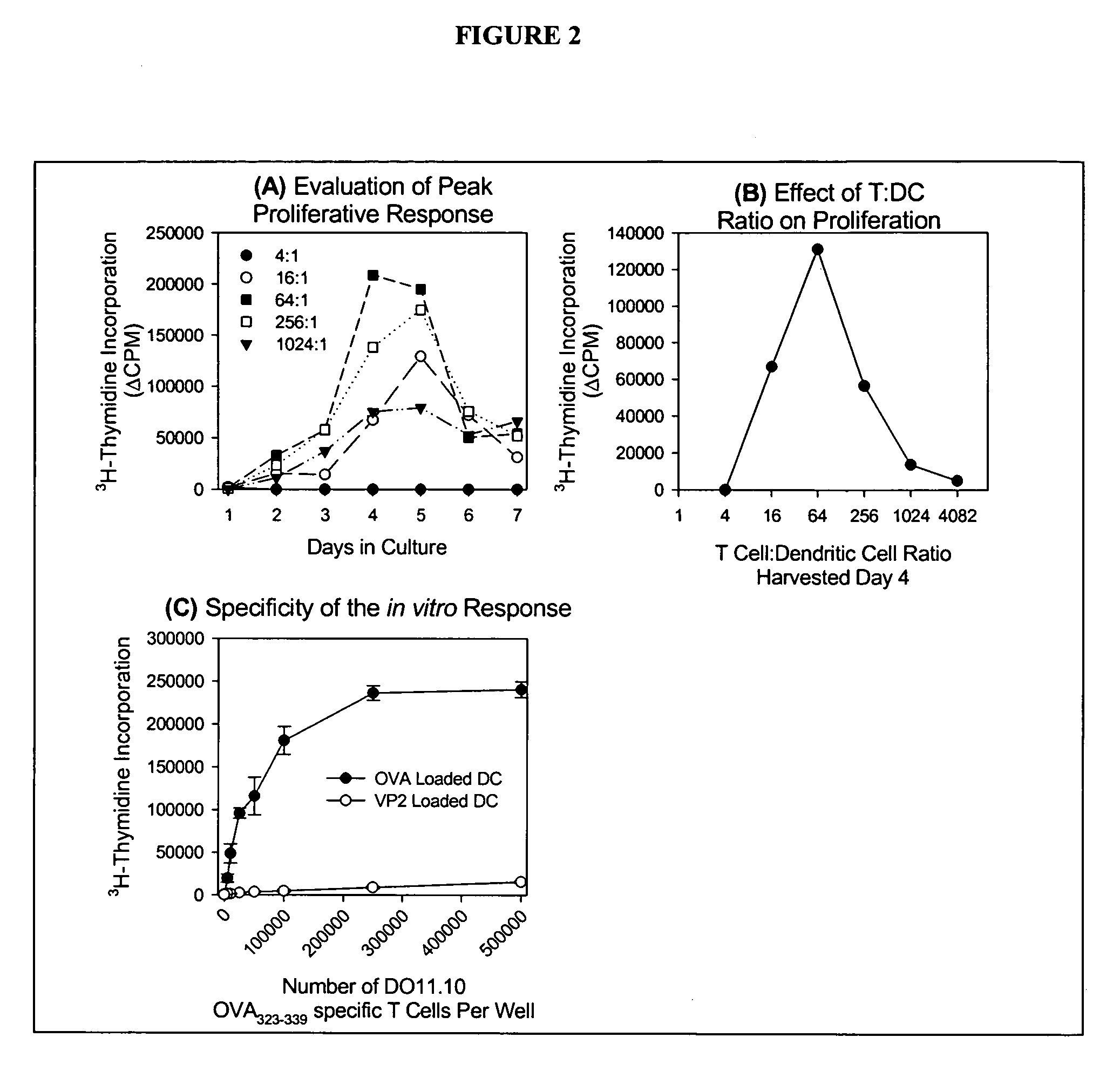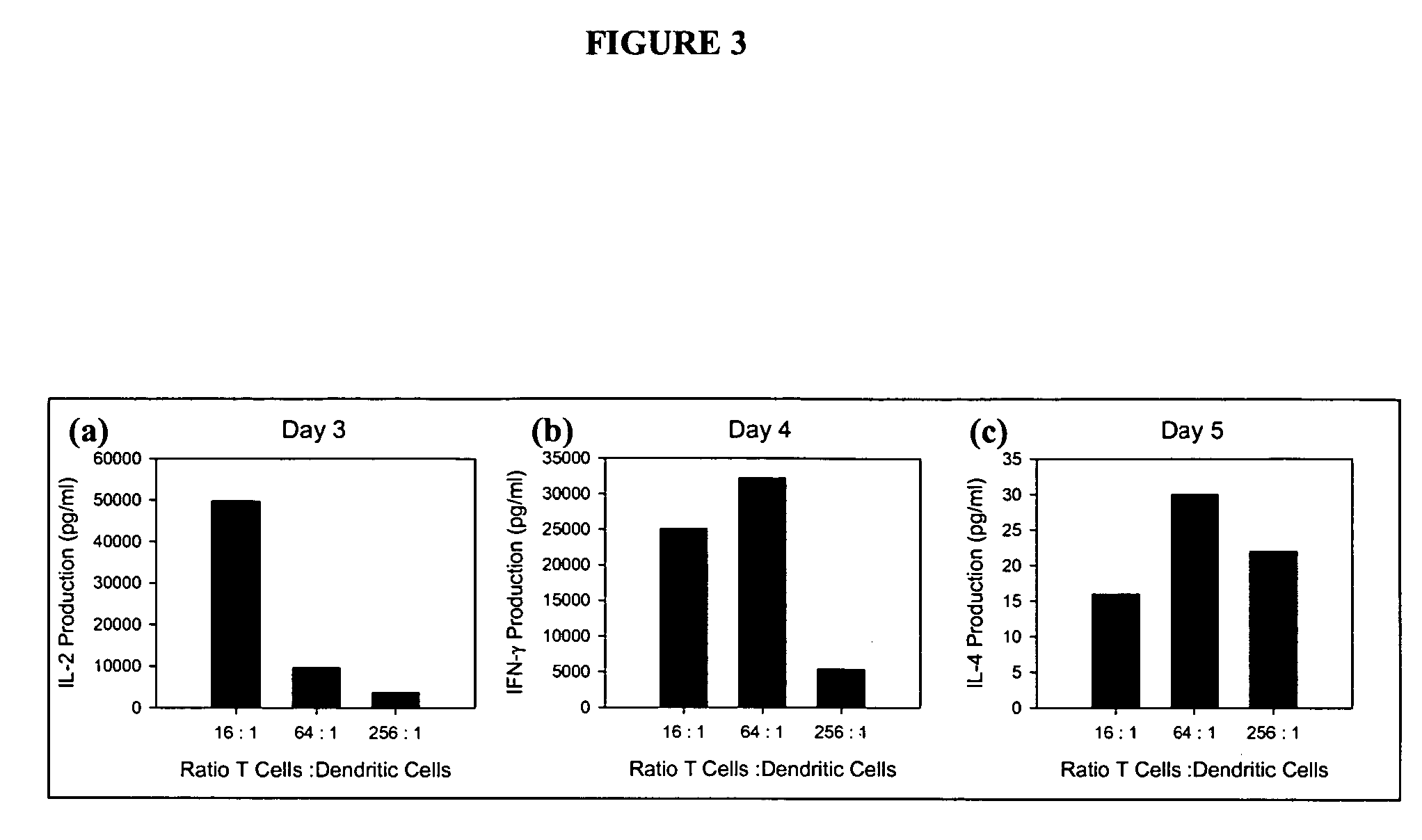Compositions and methods for altering immune function
a technology of immune function and composition, applied in the field of compositions and methods for altering immune function, can solve the problems of major concern in toxic to normal tissues, and achieve the effect of reducing renal cancer metastasis
- Summary
- Abstract
- Description
- Claims
- Application Information
AI Technical Summary
Benefits of technology
Problems solved by technology
Method used
Image
Examples
example 1
Identification of Small Molecules Capable of Altering CD154 Function
[0311]Hundreds of thousands of small molecules were screened for their ability to stabilize CD154 trimer activity on the cell surface, or in soluble form. Specifically, a suitable pocket for targeting the small molecule was identified and computer modeling carried out in order to identify candidate molecules from roughly 250,000 small molecules / chemicals. A theoretical molecular model of the functional homotrimeric murine CD154 protein complex was obtained from the NIH Center for Molecular Modeling database (PDB theoretical model code 1 CDA) and compared to that of the human CD154 crystallographic structure (PDB code 1ALY). Analysis demonstrated very high homology between the mouse and human structures at primary, secondary and tertiary levels. The model was then analyzed for a suitable site for docking studies. For evaluation and docking purposes, each of the three chains of the homotrimer was designated specific r...
example 2
Establishing an in vitro Biologic Screen for Candidate Small Molecules
[0316]The initial biological screen for the selected small molecule compounds was based in functional characteristics of enhancement of Th1 function and secretion of Th1 cytokines (e.g., Interferon-γ (IFN-γ)). In this process, dendritic cells (DC) were obtained by GM-CSF stimulation of bone marrow stem cells for 6 days, pulsed for 18 hours with OVA323-339 peptide to load specific antigen on these antigen presenting cells and then purified using CD11c magnetic bead separation. This population of cells is routinely >98% CD11c positive, as determined by flow cytometry. Transgenic T cells with specificity for the ovalbumin 323-339 epitope (OVA323-339) were obtained from naïve spleens of DO11.10 transgenic mice. The splenic cells were harvested and magnetic beads used to isolate the CD4 T cell population. This latter population of cells is routinely >95% CD4+. The cells were then co-cultured in round-bottomed 96 well t...
example 3
In vitro Testing of Candidate Small Molecule Compounds
[0320]The in vitro screen for functional activity was based on two parameters. The first parameter, 3H-thymidine incorporation measuring proliferation of OVA323-339-peptide-specific DO11.10 T cells cultured in the presence of OVA323-339-peptide pulsed GM-CSF derived dendritic cells, should not be affected by CD154-CD40 interactions, and thus was used as a screen for non-specific toxicity of the compounds to immune cell co-cultures. The second parameter, which is controlled in the DO11.10 T cell —OVA323-339-peptide loaded dendritic cell co-cultures by CD40 ligation, is that of Interferon-γ secretion by the activated T cells.
[0321]Blockade of the CD154-CD40 interactions, or elimination of the CD154-CD40 ligand pair interactions, has been shown to eliminate IFN-γ secretion, in vitro. Thus, it was hypothesized that if it was possible to enhance immune function by stabilization of CD154-CD40 ligand pair interactions through prolonged ...
PUM
| Property | Measurement | Unit |
|---|---|---|
| lengths of time | aaaaa | aaaaa |
| time | aaaaa | aaaaa |
| concentration | aaaaa | aaaaa |
Abstract
Description
Claims
Application Information
 Login to View More
Login to View More - R&D
- Intellectual Property
- Life Sciences
- Materials
- Tech Scout
- Unparalleled Data Quality
- Higher Quality Content
- 60% Fewer Hallucinations
Browse by: Latest US Patents, China's latest patents, Technical Efficacy Thesaurus, Application Domain, Technology Topic, Popular Technical Reports.
© 2025 PatSnap. All rights reserved.Legal|Privacy policy|Modern Slavery Act Transparency Statement|Sitemap|About US| Contact US: help@patsnap.com



